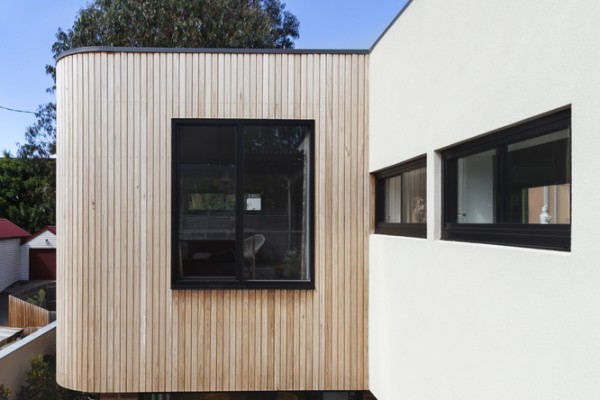
Windows are one of the main reasons a home loses heat in winter and gains heat in summer. Selecting high performance windows is critical to achieving modern energy efficiency standards and reducing ongoing energy bills.
Why high performance windows matter
Upgrading from low performance windows to high performance systems can increase a typical Australian home’s energy rating by around two stars. This highlights the significant role windows play in overall thermal efficiency.
Windows can account for up to 20% of heat loss and up to 35% of heat gain depending on the climate. This makes glazing choices central to managing energy performance.
Regulatory context
From May 2025, all new homes and major renovations must achieve a minimum seven star NatHERS shell rating. Windows now contribute directly to this whole home rating rather than being assessed in isolation.
The Window Energy Rating Scheme, or WERS, assigns star ratings for heating and cooling performance. WERS data helps energy assessors model how windows affect a home’s overall energy demand.
Technologies that improve window efficiency
Double glazing with low e coatings and gas fills such as argon is now common in most regions. These systems improve insulation, reduce condensation and assist with noise reduction.
Thermally broken aluminium frames, uPVC, timber and fibreglass composites reduce thermal bridging and improve longevity. Fibreglass frames filled with insulation in their hollow cavities perform well compared to timber and uPVC and are also more durable.
Seals are also important. Compression seals in awning and casement windows have traditionally provided the best performance for air infiltration. Recent advances allow sliding windows to achieve similarly low air leakage rates.
Window size orientation and passive gains
Careful planning of window orientation and size is essential for passive solar design. North facing glazing maximises winter heat gain and can be shaded in summer. East and west windows should be minimised or shaded to reduce summer heat. Larger glazing areas can be used if paired with high performance glass and effective shading.
Sustainable and recycled materials
Sustainability is becoming more important in the building industry. Recycled aluminium frames and glass reduce energy use during manufacturing. FSC certified timber and low emission glass also support net zero goals.
Innovations on the horizon
New glazing technologies such as thermochromic or electrochromic glass can adjust transparency in response to temperature or sunlight. While not yet widely available, these systems offer potential energy savings in the future.
Checklist for energy efficient windows
- Ensure windows display a WERS label showing heating and cooling star ratings
- Check U value and SHGC values match your climate zone
- Prioritise double glazing with low e coatings and gas fill
- Select thermally broken or fibreglass frames with low leakage seals
- Use window orientation and size to balance solar access and shading
- Consider sustainable materials like recycled aluminium or certified timber
- Evaluate smart glazing options if planning a long term upgrade





